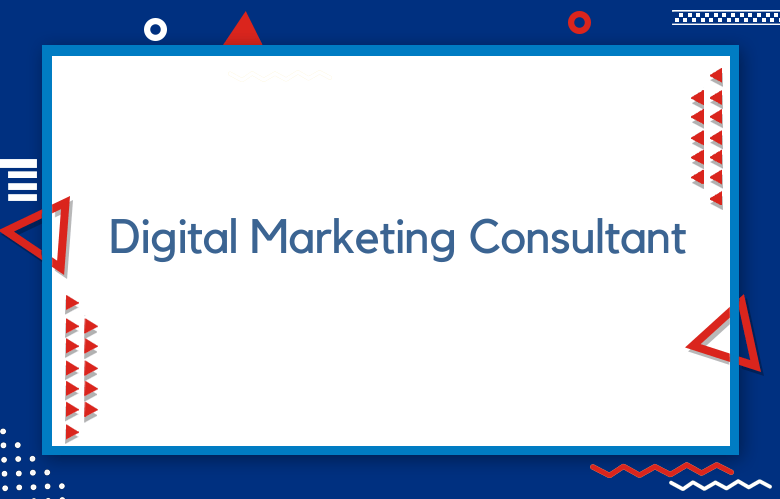Segmentation in Marketing: How to Use Segmentation in Marketing

Marketing is a massive part of any business, and it’s becoming more challenging with so many channels and options to reach your target audience.
One of the keys to marketing success is understanding and using segmentation. You can create more effective campaigns and develop more robust customer relationships by breaking your audience into smaller groups and tailoring your messages.
We’ll explore the importance of segmentation in marketing and how to implement it in your business strategy.
Why is Segmentation Important?
Segmentation is important because it allows you to tailor your marketing efforts for each group of potential customers.
It helps you understand your customer’s needs and preferences and create products and services that meet them.
By segmenting your audience, you can develop targeted marketing campaigns and increase your chances of converting leads into customers. Segmentation also helps you save time and money by focusing on the most valuable customers.
How to Segment Your Audience?
There are several ways to segment your audience. The most common methods include:
Demographic segmentation
Based on age, gender, occupation, income, education, etc.
Geographic segmentation
Based on location, climate, city, or region.
Behavioral segmentation
Based on buying habits, user experience, and online activity.
Psychographic segmentation
Based on lifestyle, values, personality, and interests.
Choosing the segmentation method that suits your business goals and offers the most relevant information about your target audience is essential.
How to use Segmentation in Marketing?
Once you have segmented your audience, you can create specific marketing strategies for each group. Here are some tips:
- Understand the pain points of each group and tailor your marketing messages accordingly.
- Use demographics and psychographics data to create targeted ads for each group’s interests.
- Create content that solves the unique problems of each group.
- Develop product features and improvements that respond to the preferences and tendencies of each group.
- Set up email campaigns triggered by each group’s specific behaviors or actions.
Segmentation Mistakes to Avoid?
While segmentation can provide many benefits to your marketing efforts, there are also some common mistakes to avoid:
Over-segmenting your audience
Sometimes, dividing your audience into too many segments can cause you to lose sight of the bigger picture.
Remember to revisit your segmentation strategy.
As your business grows, you may need to update your segmentation strategy to reflect changes in customer behavior and preferences.
I am not using segmentation to make decisions.
Segmentation is not just about dividing your audience; it’s also about using that data to make informed decisions about how to reach best and engage with each segment.
What is the importance of segmenting Your Marketing Audience?
In today’s business world, marketing isn’t just about throwing out ads and hoping someone will take the bait.
With the rise of the internet and social media, companies have more access and insight into their audience’s behaviors and preferences than ever before.
But how do you effectively engage with these different types of people? Segmentation is key. We’ll dive into the importance of segmenting your marketing audience and how it can benefit your bottom line.
Segmentation is the process of dividing your audience into groups based on factors like demographics, psychographics, and behavior.
By doing so, you can more effectively target each group with messaging and promotions tailored to their specific needs and preferences.
For example, a clothing retailer might segment their audience by age, gender, and style preferences. They can then promote a line of products targeted at each segment, such as a collection for trendy millennial women.
Why is segmentation crucial for success in marketing?
As marketers, we strive to reach the right audience with the right message. However, with audiences becoming more diverse than ever, it’s becoming increasingly difficult to cater to everyone’s needs.
This is where segmentation comes in – a crucial aspect of modern marketing that allows us to group our audience into specific segments based on shared characteristics, interests, behaviors, and more.
We’ll explore the importance of segmentation in marketing and how it can help drive success for your business.
Segmentation allows marketers to better understand their audience by breaking them into smaller, more specialized groups.
By doing this, you can tailor your messaging and marketing efforts to better align with the needs of each segment, creating a more personalized marketing approach.
Effective segmentation requires marketers to consider various factors, including geographic location, psychographic information, and purchasing habits.
Understanding Your Audience
The first step in segmentation is understanding your audience. Who are your customers? What are their needs, interests, and pain points?
Once you have a clear picture of your audience, you can group them based on demographics, psychographics, and behavior. Demographics include age, gender, income, education, and location.
Psychographics include personality, values, and lifestyle. Behavior includes their purchasing habits, usage patterns, and engagement with your brand.
You can create more targeted messages and deliver them through the proper channels by segmenting your audience.
Customizing Your Message
Once you’ve segmented your audience, you can customize your message to each group. For example, if you’re marketing a skincare product, you could create campaigns for those interested in anti-aging vs.
Acne treatment. You could also use different messaging for men vs. women or other age groups.
By creating customized messages, you can speak directly to your audience’s needs and increase the effectiveness of your marketing.
Increased ROI
Segmentation helps to increase your ROI by allowing you to focus your marketing efforts on the most profitable segments.
For example, if you’re a clothing retailer, you may find that your male customers spend more and shop more frequently than your female customers.
By targeting your male customers with special promotions or events, you can increase their purchases and drive more revenue. Segmentation helps you prioritize your marketing efforts and ensures a higher return on investment.
Deeper Customer Insights
Segmentation helps you tailor your messages and provides valuable insights into your customers.
By tracking customer behavior and preferences, you can learn more about what motivates them to buy and how to keep them engaged with your brand.
This information can be used to improve your overall marketing strategy and identify new opportunities to grow your business.
Building Customer Relationships
You can create a stronger customer relationship by delivering personalized messages and offers. Customers are likelier to engage with brands that understand their needs and preferences.
Connecting with your customers can increase loyalty, retention, and advocacy. This can lead to a significant increase in revenue and brand awareness.
Conclusion
Segmentation is a powerful tool in marketing that helps you understand your audience, customize your message, increase ROI, gain deeper customer insights, and build stronger relationships.
It may seem overwhelming, but with the right technology and expertise, you can quickly implement segmentation in your marketing strategy.
By providing personalized experiences to your customers, you can stand out from the competition and create a long-lasting impact.
Remember, segmentation is about offering the right products and creating a meaningful connection with your target audience.
Call: +91 9848321284
Email: [email protected]



